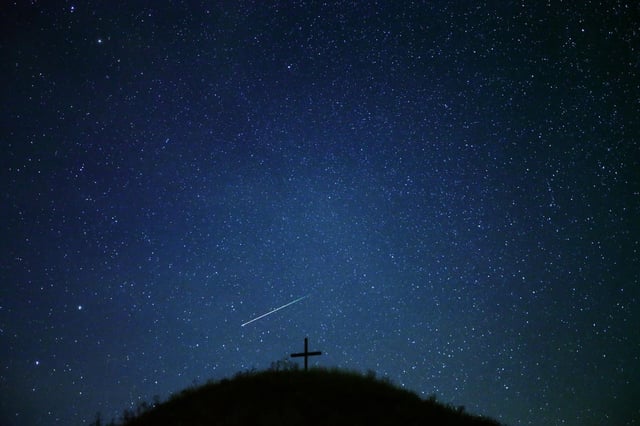Overview
- The Lyrid meteor shower, active from April 15 to 29, peaks overnight from April 21 to 22, offering up to 20 meteors per hour.
- The meteors are caused by Earth passing through debris from Comet Thatcher (C/1861 G1), which last visited in 1861 and won’t return until 2283.
- Best viewing times are after 10:30 p.m. local time until dawn, with optimal conditions just before 5 a.m. under a waning crescent moon.
- Observers are advised to find dark, unobstructed locations away from city lights and allow their eyes to adjust to the dark for better visibility.
- The Lyrids, first recorded in 687 BCE, are known for occasional bright fireballs and have a radiant point near the Lyra constellation in the northeastern sky.



